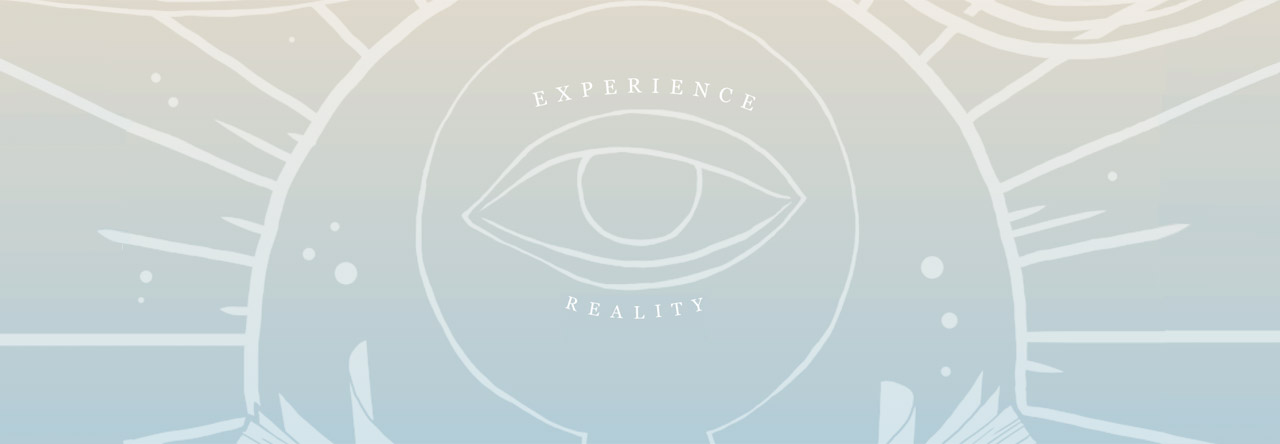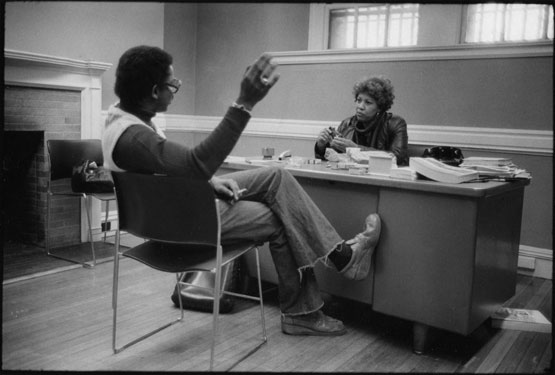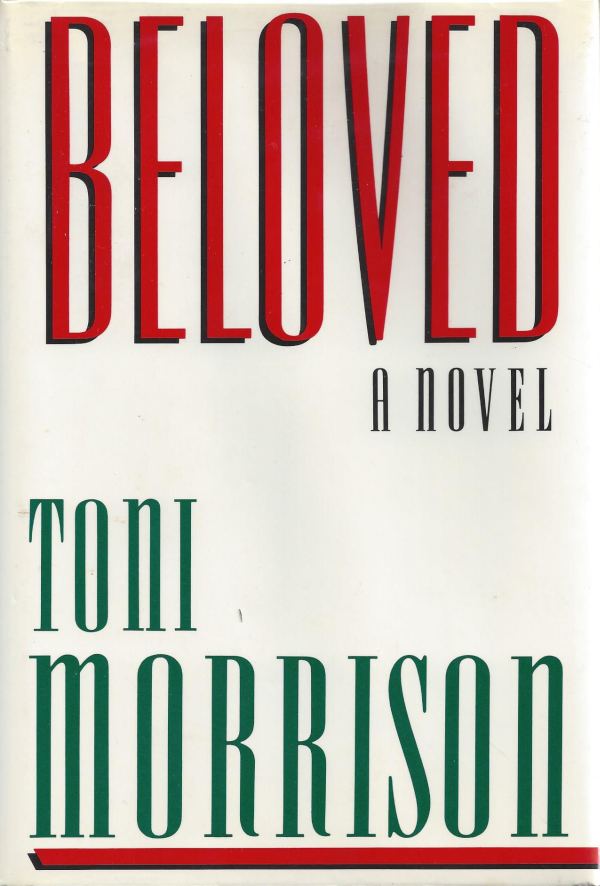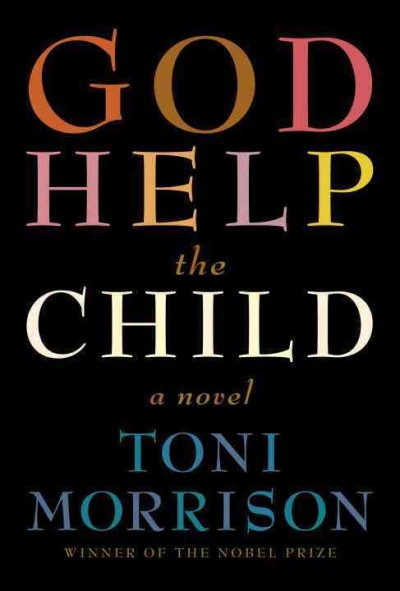JOIN US TOMORROW AT 1:00 FOR A SPECIAL SIGNING EVENT OF THE BONE TREE BY GREG ILES!
By Jim Ewing. Special to The Clarion-Ledger
Even for readers of Greg Iles’ 788-page Natchez Burning, book one in the trilogy about unsolved civil rights murders set in Natchez, The Bone Tree has daunting heft with 816 pages. But if Burning were a jet runway, Bone Tree launches into supersonic flight. It starts off with a lightning pace and is engrossing until the very end that, surprisingly, seems to come too soon.
Natchez Burning set the groundwork of the characters, including protagonist Penn Cage, a novelist, one-time prosecutor and current mayor of Natchez, his fiancee Caitlin Masters, publisher of the local newspaper, and Cage’s father Tom Cage, a beloved longtime family physician. Bone Tree fleshes them out as living characters with their own strengths and foibles.
The first book set the plot in motion when these three main characters’ lives were turned upside down by the reemergence of the Double Eagles, a more murderous offshoot of the Ku Klux Klan, that had aligned itself with one of the richest men in Louisiana just across the Mississippi River; and a corrupt relative of the aging Eagles who aspired to be head of the Louisiana State Patrol. The eruption of old horrors was prodded by a local newspaper editor who had been steadily digging into civil rights cold cases.
At the end of Burning, there seemed to be some hope for normalcy and the solving of heinous unsolved race crimes that had darkened the land for a generation; but at the outset of Bone Tree, all hope for an easy resolution is lost.
 Bone Tree immediately goes to the blackened heart of the South’s racial torture, lynchings and murder by zeroing in on the relations between the Eagles and Carlos Marcello, the notorious crime boss of Louisiana. Iles folds in the undeniable reality of the South’s sordid racial history and the history of vice and corruption in Louisiana. Within the framework of his fiction, these truths are starkly revealed in all their brutality. But he goes a step further in very convincingly weaving the story of the assassinations of John F. Kennedy, Robert F. Kennedy, and Dr. Martin Luther King, Jr., through his narrative.
Bone Tree immediately goes to the blackened heart of the South’s racial torture, lynchings and murder by zeroing in on the relations between the Eagles and Carlos Marcello, the notorious crime boss of Louisiana. Iles folds in the undeniable reality of the South’s sordid racial history and the history of vice and corruption in Louisiana. Within the framework of his fiction, these truths are starkly revealed in all their brutality. But he goes a step further in very convincingly weaving the story of the assassinations of John F. Kennedy, Robert F. Kennedy, and Dr. Martin Luther King, Jr., through his narrative.
Thus, the mystery of old race crimes intensifies with the larger question of the biggest unsolved murder in American history: the assassination of John F. Kennedy. The missing link seems to be a Cuban connection, where the old racists were believed to have trained volunteers with CIA help for the ill-fated Bay of Pigs invasion. Much of the mystery revolves around that question.
It’s said that fiction reveals the truth that reality obscures. Natchez Burning proves it by so honestly recounting the race killings of the South in the form of fiction, and so realistically portraying the killers, that the novel’s authenticity strikes true.
The Bone Tree goes even further: So deeply fleshing out the types of individuals who could have carried out the 1960s assassinations of JFK, RFK and MLK, that what are often called “conspiracy theories” become not only plausible but seemingly self-evident. Adding to the suspension of disbelief are the reams of facts and the inclusion of recognizable public figures such as The Clarion-Ledger’s longtime civil rights cold case investigative reporter Jerry Mitchell.
Iles’ The Bone Tree is simply astounding. It’s astounding that:
— 816 pages can be a gripping page-turner;
— It comes after 788-page volume that left readers hungry for more, yet didn’t lose any momentum even with filling in details to get new readers up to speed;
— Only 24 hours goes by in the first 400 pages, yet it doesn’t lag;
— It can tie the reader in knots until the very end.
With all its twists and turns, The Bone Tree is likely to leave the reader emotionally like a wrung-out dishrag, but thirsty for more.
Jim Ewing, a former writer and editor at The Clarion-Ledger, is the author of seven books including Conscious Food: Sustainable Growing, Spiritual Eating, and the forthcoming Redefining Manhood: A Guide for Men and Those Who Love Them, Spring 2015.
 It has been said that in the 1990s, Shel Silverstein wandered in and out of bookstores in Brooklyn, looking so disheveled that customers mistook him for a hobo. Whether this tale is true, it makes for a good story. One of the greatest contemporary figures of children’s literature, Silverstein had a colorful career, first starting out as a cartoonist for Stars & Stripes, the official U.S. Army newspaper, while he was stationed in Japan from 1953-1955 during the Korean War.
It has been said that in the 1990s, Shel Silverstein wandered in and out of bookstores in Brooklyn, looking so disheveled that customers mistook him for a hobo. Whether this tale is true, it makes for a good story. One of the greatest contemporary figures of children’s literature, Silverstein had a colorful career, first starting out as a cartoonist for Stars & Stripes, the official U.S. Army newspaper, while he was stationed in Japan from 1953-1955 during the Korean War.










